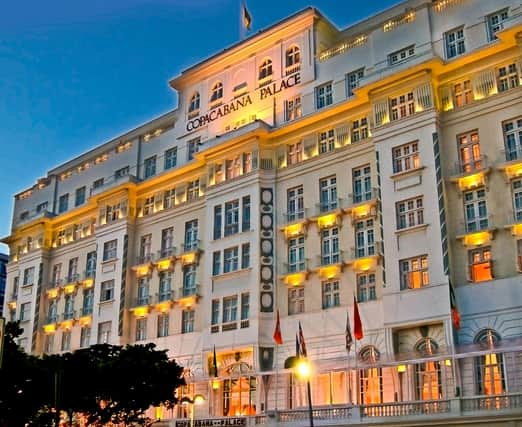Remembering St Andrew's Day at the Copacabana Palace - Alison Campsie


My brother never wore a kilt until he moved to Brazil and I’d never seen him do a Strip the Willow either. But there, for whatever reason, he enjoyed tapping into a version of Scottish identity which he never did while living in the country where he was born. He started to appreciate a dram and songs like Dignity and Tinseltown in the Rain which, I now know, he started to listen to in the small hours.
That night in Rio, the band from Aberdeenshire played on, the wives and partners unpacked their little dancing shoes – Scottish country dancing lessons were popular and taken seriously – and flags of the St Andrew’s societies from across Brazil were paraded in this massive call to home from hundreds of people thrown around the world on the trail of work and adventure. That night, a shared feeling of belonging brought them altogether again.
Advertisement
Hide AdAdvertisement
Hide AdThis St Andrew’s Day, I remembered that night and wondered why it was something I never celebrate here. Hogmanay and Burns Night seem to drill down into an essence of Scottishness and a feeling or sense of what that means, but the national day doesn’t seem to have the same pull or power, even despite November 30 being made a bank holiday for some.
Events have been held, including a torchlit parade in the Botanic Gardens in Glasgow and the Big Hoolie in St Andrews, but not on a grand scale.
Meanwhile, St Patrick’s Day, popularised by those who emigrated to the US, is worth more than 70m Euro to the Irish economy.
For 356 days a year, there is immersive, divisive talk of Scotland and people’s competing visions of what that means. Perhaps today, I’ll take a break from all that and remember what it meant to those in Rio that night, and see us how they did so far away from home.